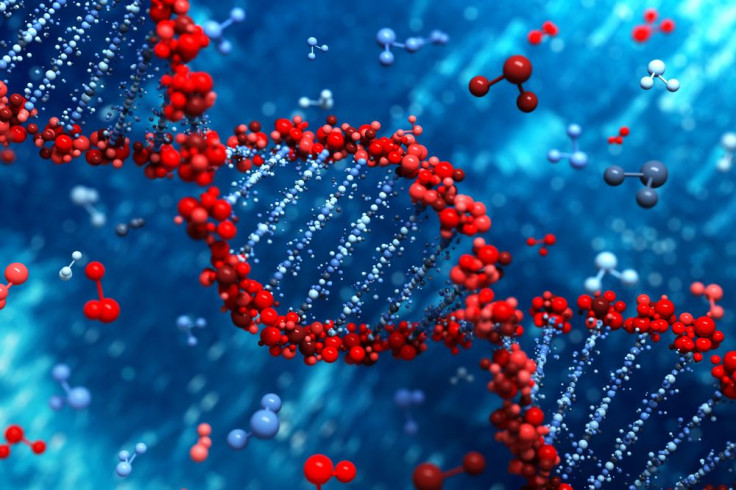Genetic Mutations Of Leukemia Present In 1 In Every 5 Middle-Aged People, But Few Will Develop Disease

Leukemia results from the gradual accumulation of DNA mutations in blood stem cells, a cancerous process that can take decades. Based on the findings in a new study, scientists estimate the majority of us will accumulate the same gene mutations found in leukemia as we grow old. Despite this, the researchers say, disease will occur in only a minority of cases.
“These mutations will be harmless for the majority of people, but for a few unlucky carriers they will take the body on a journey toward leukemia,” Dr. George Vassiliou, of the Sanger Institute and Cambridge University Hospitals NHS Trust, stated in a release. “We are now beginning to understand the major landmarks on that journey.”
Leukemia is a cancer of the blood-forming tissues, such as the bone marrow and the lymphatic system. Usually it begins with white blood cells, yet soon it causes large numbers of abnormal blood cells to be produced and to circulate within the blood stream. Over time, this triggers a patient’s symptoms, including tiredness, an increase of infections, and bruising. While some types of leukemia are more common among children, other types are commonly found in older adults.
How Mutations Occur
Throughout our lives, chemical reactions within our cells activate and deactivate our genes. Meanwhile, our cells are busily performing their jobs, and just like tired workers, they eventually wear out and die. As a way of replacing themselves, they divide, a process which requires the genes they contain to copy themselves. This is a crucial moment in the life of a cell — it is the moment when a genetic mutation can occur. Though the genes we are born with may be without defect, over time this may change due to an error made as DNA copies itself or due to environmental factors, such as pollution, influencing the chemical reactions that activate and deactivate them.
To understand the genetic mutations underlying leukemia, the researchers of the current study performed an exquisitely sensitive sequencing method on 4,219 people between the ages of 17 and 98. None of these people showed any evidence of blood cancer. Specifically, the researchers inspected “15 mutation hot spots in blood DNA” — areas of the genome known to be changed by leukemia. Based on their ultra-deep sequencing method, they “identified clonal hemopoiesis in 0.8 percent of individuals under 60, rising to 19.5 percent of those [over] 90 years,” they wrote in their published research.
From this data, the scientists then deduced that up to 20 percent of people who are between 50 and 60 years old and more than 70 percent of people over 90 have blood cells with the same DNA mutations found in leukemia. Nevertheless, most people will never face the disease itself. “This study helps us understand how aging can lead to leukemia, even though the great majority of people will not live long enough to accumulate all the mutations required to develop the disease,” said co-author Dr. Thomas McKerrell, of the Wellcome Trust Sanger Institute.
Source: McKerrell T, Park N, Moreno T, et al. Leukemia-Associated Somatic Mutations Drive Distinct Patterns of Age-Related Clonal Hemopoiesis. Cell Reports. 2015.



























